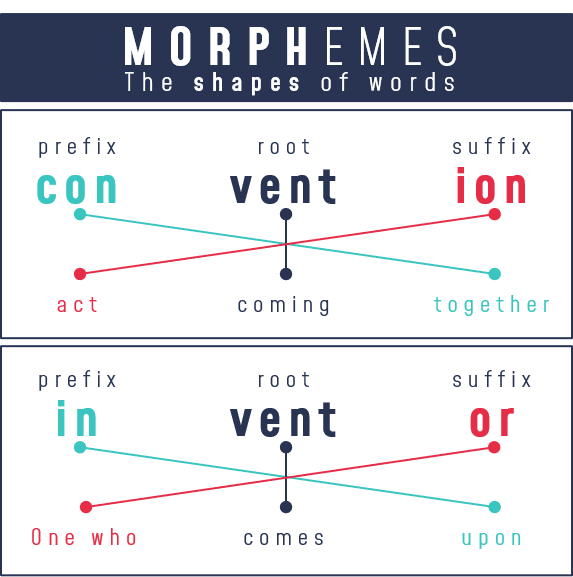 HiLoAgency
https://hilo-agency.de/wp-content/uploads/2025/05/HiLo-Agency_Blog-Thumbnail_Non-Verbal-Communication.jpg
400
495
Haefele
https://hilo-agency.de/wp-content/uploads/2019/08/Hi_Lo_01-final-80-80-final-1.png
Haefele2025-05-29 12:04:582025-05-29 12:04:58Non-verbal Communication
HiLoAgency
https://hilo-agency.de/wp-content/uploads/2025/05/HiLo-Agency_Blog-Thumbnail_Non-Verbal-Communication.jpg
400
495
Haefele
https://hilo-agency.de/wp-content/uploads/2019/08/Hi_Lo_01-final-80-80-final-1.png
Haefele2025-05-29 12:04:582025-05-29 12:04:58Non-verbal CommunicationSpringtime for Words
Lets talk about words….Ah my favorite topic. I may be biased because I did receive my bachelor’s degree in Linguistics. Lucky for you all you are dealing with a professional. 😉
Listening to and looking at presentations, I often wonder why people chose a particular wording to explain an issue or a specific expression.
The wording can inspire, trigger and create so many feelings or pictures in the recipient mind and we don’t even know why. When learning a language, everything is so intuitive, when you learn how to read the words in your mother tongue you first start to notice the complexity of words.
I grew up trilingual, and between the influences of English, German, and Spanish, you do eventually ask yourself the questions:
What is language anyway? Where do the words come from? How are words established? Who said that the word “dog” is called “dog”? And why doesn’t it even sound like a word anymore when you keep saying it quickly multiple times: dogdogdogdogdogdogdogdog…???
Join me on a little excursion to get to the root of all these questions!
Words are fun but can be quite complicated I want to cover a few base topics that everyone should know about linguistics. Linguistics is the true scientific study of language and how it is formed.
Let’s start with some components of linguistics:
-
- Morphology: The study of words and how they are formed
- Syntax: is the set of rules, principles, and processes that govern the structure of sentences (sentence structure) in a given language, usually including word order
- Phonetics: The study of speech sounds
- Phonology: The study of the relationship between speech sounds
- Semantics: can address meaning at the levels of words, phrases, sentences, or larger units of discourse. One of the crucial questions which unites different approaches to linguistic semantics is that of the relationship between form and meaning.
- Pragmatics: Is the study of the relationship between linguistic forms and the users of those forms. How does the context contribute to the meaning?
The roots of all words
All words have a root that stem from somewhere, the significance of this is that no matter which language you are speaking if you can identify the root of the word, you can identify the general sense of it. We call this the morpheme. To the morpheme we can add prefixes and suffixes. These “roots” in English usually stem from the Greek or Latin language.
Phonetics and Phonology are usually grouped together, this is one of the most studied forms of linguistics as it is used by speech therapists and pathology. Phonetics is the production of speech sounds and how speech and phonology form these sounds and speech patterns. You may have seen something like this before: /ˈlaftər/
Semantics and Pragmatics is also often grouped together. We define semantics as concerned with meaning and pragmatics as the context that is logical. Now, this is an important one; without word order and logical context things can get… messy. Misunderstandings already occur quite frequently, so no imagine if everything was out of order o__0 YIKES
Here is an example:
“I never said she stole my money”
This sentence can be interpreted in 7 different ways, always grammatically correct.
-
- I never said she stole my money (someone else may have said it)
- I never said she stole my money (I did not say it)
- I never said she stole my money (I did not say it, but I thought it)
- I never said she stole my money (someone else may have stolen it)
- I never said she stole my money (she may have been given the money)
- I never said she stole my money (she may have taken someone else’s money)
- I never said she stole my money (she may have taken something else)
This linguistic phenomenon insinuates that whichever word you put emphasis on directly reflect its meaning, thus the misunderstandings that may occur.
So, what does this tell us? Usually, people do not take the time to study each linguistic branch and understand the inner workings of grammar. But we use it every single day. We need words to communicate but we also need rules to communicate effectively. With spoken word it is a bit easier to differentiate our implications and what we really mean. Now, with written word is where the challenges begin. As we saw earlier, the chance of misinterpretation is far greater. So how do we write effectively and get our points across meaningfully?
Using direct and straightforward sentences with no room for confusion! Easier said than done, huh?
I strongly suggest multiple proofreading sessions and never use run on sentences!
Puuuhhhh…. All these words for wording
Last but not least, we want to take a look at the wording in presentations.
Ideally, you keep the wording short and impactful and mostly work with Bullet-points and Buzzwords. This makes it especially important to CHOOSE YOUR WORDS WISELY. Not only do short catch phrases need to hit the spot directly, also their consistency is a variable which could rather distract than support.
For example:
Inspirations. Interesting. Intelligent.”
⇒ this itches my eyes because one word just does not fit:
This wording constellation could actually work, but in a different arrangement:
The ductus, (the characteristic style of wording or the consistency) helps the brain to grasp the message more effectively. Another common phenomenon found in writing is the “Rule of Three” which comes from the Latin phrase “omne trium perfectum” which directly translated means everything is perfect in threes. Marketing, media and advertising use this rule to create catchy phrases to help make their product stand out, yes, they are doing this with words 😉
Some catchy examples:
“Veni- vidi- vici”
“Live, Laugh, Love”
“Informative, Intelligent, Interactive”
“glare- giggle- gossip.”
“Eat, pray, love”
“Smart, Sporty, Self-absorbed.”
There is so much more to say, so many more words to write, so many more angles to look at our language and how we use it to communicate with others but this little excursion has come to an end.
If you have any questions or inspiring stories, or you need help finding the right words in your presentation, don’t hesitate and give us a call or send us an e-mail.
We would be thrilled, happy and excited 😉








 HiLo_Agency
HiLo_Agency HiLo_Agency
HiLo_Agency